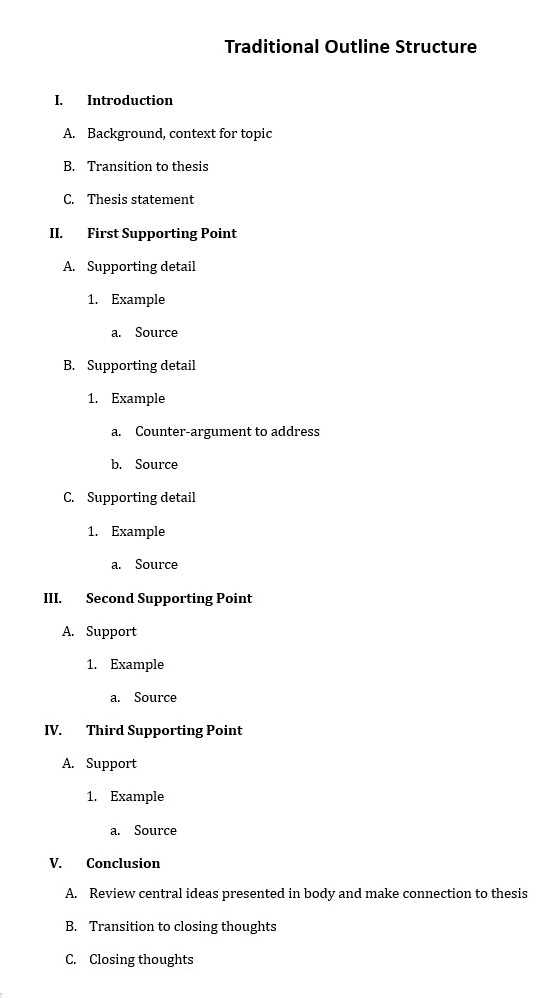 In many of your courses, you’ll be asked to write a traditional, thesis-based research essay. In this structure, you provide a thesis, usually at the end of your introduction, body paragraphs that support your thesis with research, and a conclusion to emphasize the key points of your research paper. You’ll likely encounter this type of assignment in classes in the humanities, but you may also be asked to write a traditional research paper in business classes and some introductory courses in the sciences and social sciences.
In many of your courses, you’ll be asked to write a traditional, thesis-based research essay. In this structure, you provide a thesis, usually at the end of your introduction, body paragraphs that support your thesis with research, and a conclusion to emphasize the key points of your research paper. You’ll likely encounter this type of assignment in classes in the humanities, but you may also be asked to write a traditional research paper in business classes and some introductory courses in the sciences and social sciences.
In the sample on this page, you’ll see a basic structure that can be modified to fit the length of your assignment. It’s important to note, in shorter research essays, each point of your outline might correspond to a single paragraph, but in longer research papers, you might develop each supporting point over several paragraphs.
The lines on a traditional outline follow this progression:
- Roman numerals (I, II, III, etc)
- Capital letters (A, B, C, etc)
- Arabic numerals (1, 2, 3, etc)
- Lowercase letters (a, b, c, etc)
- Lowercase Roman numerals (i, ii, iii, etc)
To get started with a traditional outline, you can download our sample here: OWL Outline
